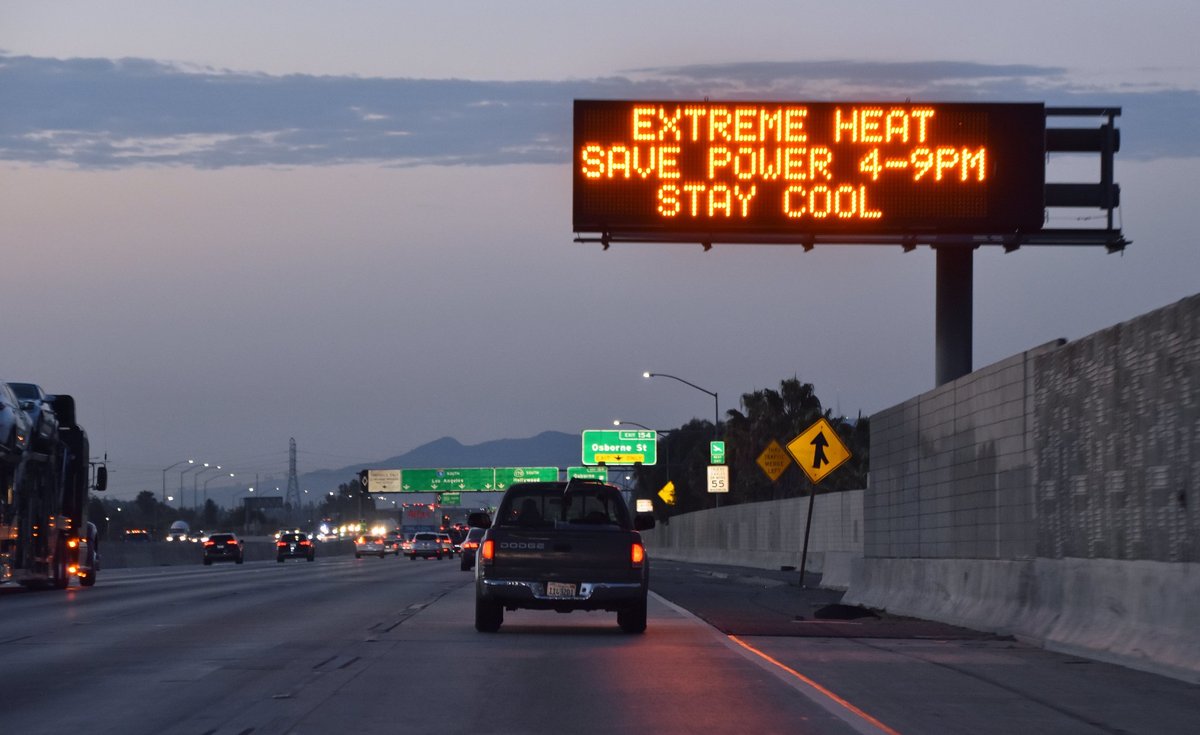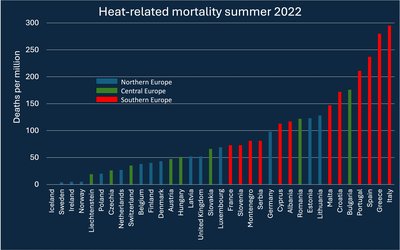From Paris Agreement to current policies: a 5-fold increase in global hot exposure
June 5, 2023

Photo: Chris Yarzab (www.flickr.com)
Outside the ‘human climate niche’
‘The costs of climate change are often estimated in monetary terms, but this raises ethical issues’, scientists state in a recent publication in the journal Nature Sustainability. These scientists, therefore, looked at the distribution of the global population in different climate zones and how this distribution changes under global warming. The historic distribution is the so-called ‘human climate niche’, into which people have adapted physiologically and culturally. Under global warming – and population growth – ever more people will be exposed to climate conditions outside this ‘human climate niche’. These conditions include ‘unprecedented heat’.
Unprecedented heat
They considered heat to be ‘unprecedented’ when mean annual temperature reaches or exceeds 29 °C. In 1980, only 0.3% of the global population experienced such conditions. Since then, the part of the global population exposed to this unprecedented heat started to increase markedly, reaching a tripling to 0.9% on average from 1980 to 2010. Therefore, they used the 1980 population distribution (total 4.4 billion) under the 1960–1990 mean climate as the reference state, and projected future changes in the ‘hot exposure’ of the global population compared with this reference.
Their future projections are based on the combined results of several climate models and four scenarios of global changes in population, socioeconomic conditions, and associated greenhouse gas emissions up to 2100. Their range of scenarios project a wide range of changes in hot exposure, reaching 8–40% of the global population – or 0.6–4.7 billion people – across these scenarios by 2090.
A 5-fold increase
The Paris Agreement aims to limit global warming to 1.5 °C. However, current policies are leading to around 2.7 °C global warming. The population exposed to unprecedented heat reaches 5% on average – or 0.4 billion – as global warming reaches 1.5 °C. Hot exposure further increases to 22% – or 2.1 billion – under 2.7 °C global warming. Thus, reducing global warming from 2.7 to 1.5 °C results in a ~5-fold decrease in the population exposed to unprecedented heat.
The inequity of climate change
Several least-developed countries – including India, Nigeria, Sudan, Niger, Burkina Faso and Mali – will be left with large populations exposed to unprecedented heat, even if the world succeeds in significantly mitigating climate change. The authors of this study estimated the contribution of citizens from different countries to future global warming and then – in a next calculation step – estimated the contribution of these citizens to the increase of hot exposure. Since richer countries generally have higher emissions of greenhouse gasses, a citizen in a rich country will contribute more to the increase of hot exposure. They focused on the result of current policies, 2.7 °C global warming. About 2.7 citizens of the European Union emit enough carbon in their lifetimes to expose one future person to unprecedented heat. For the United States, this ratio is 1.2 to 1, and for Qatar even 1 to 2.8. Under current policies, the average contribution of a citizen of Qatar to global warming will lead to an exposure of almost three people to unprecedented heat by the end of this century.
Source: Lenton et al., 2023. Nature Sustainability








